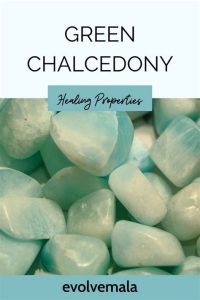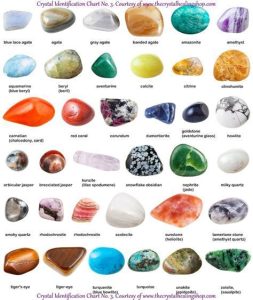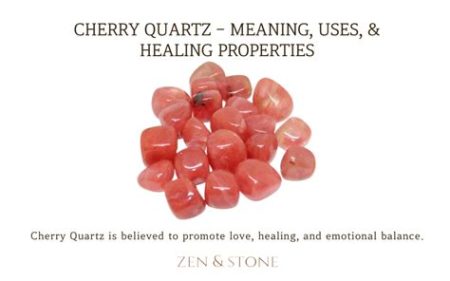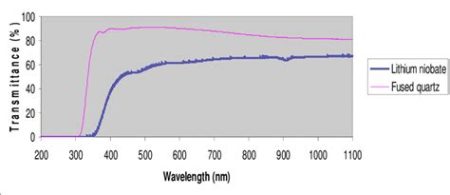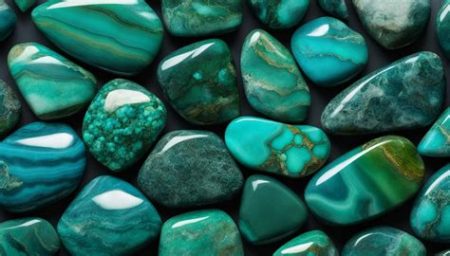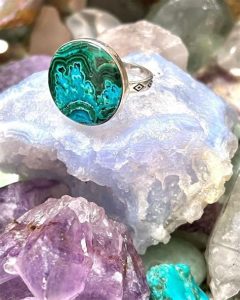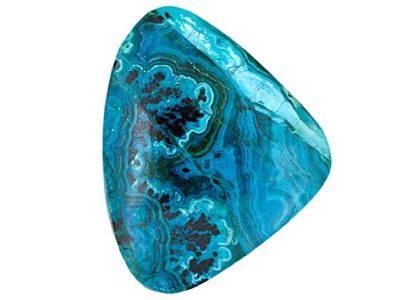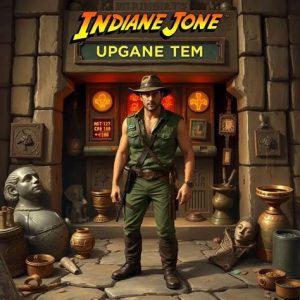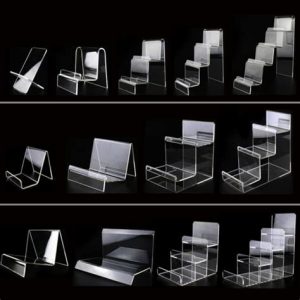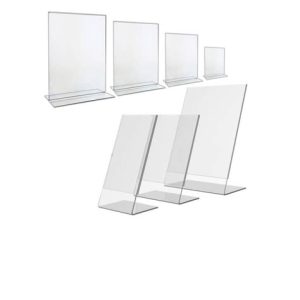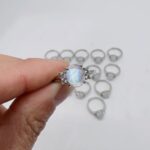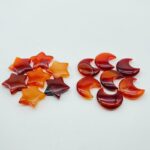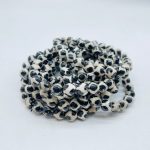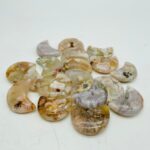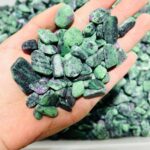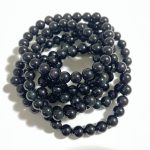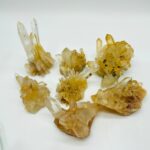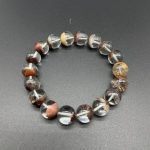Introduction
Mica and quartz are two of the most common minerals found in the Earth’s crust. They are both found in a wide variety of geological settings and are used for a wide variety of applications. However, there are some key differences between these two minerals that can make one more suitable for a particular application than the other.

Physical Properties
Mica is a group of minerals that are characterized by their platy structure. This means that they can be easily split into thin sheets. Mica is also very flexible and elastic. Quartz, on the other hand, is a hard, crystalline mineral that is not as easily split. It is also not as flexible or elastic as mica.
Chemical Properties
Mica is a silicate mineral that contains a variety of elements, including potassium, aluminum, magnesium, and iron. Quartz is also a silicate mineral, but it only contains silicon and oxygen.
Occurrence
Mica is found in a wide variety of geological settings, including igneous, metamorphic, and sedimentary rocks. Quartz is also found in a wide variety of geological settings, but it is most commonly found in igneous and metamorphic rocks.
Applications
Mica is used in a wide variety of applications, including:
- Electrical insulation
- Thermal insulation
- Sound insulation
- Lubrication
- Paint and coatings
- Cosmetics
- Pharmaceuticals
Quartz is also used in a wide variety of applications, including:
- Glass
- Ceramics
- Electronics
- Jewelry
- Abrasives
Comparison of Mica and Quartz
The following table compares the key properties of mica and quartz:
| Property | Mica | Quartz |
|---|---|---|
| Crystal structure | Platy | Crystalline |
| Hardness | 2-3 | 7 |
| Density | 2.7-3.2 g/cm³ | 2.65 g/cm³ |
| Cleavage | Perfect | None |
| Luster | Vitreous | Vitreous |
| Color | Colorless, white, brown, green, black | Colorless, white, yellow, pink, purple |
| Transparency | Transparent to opaque | Transparent to translucent |
Pros and Cons of Mica
Pros:
- Mica is a very good electrical insulator.
- Mica is a very good thermal insulator.
- Mica is a very good sound insulator.
- Mica is a very good lubricant.
- Mica is a very good paint and coating additive.
- Mica is a very good cosmetic ingredient.
- Mica is a very good pharmaceutical ingredient.
Cons:
- Mica can be brittle.
- Mica can be expensive.
Pros and Cons of Quartz
Pros:
- Quartz is a very hard mineral.
- Quartz is a very durable mineral.
- Quartz is a very heat-resistant mineral.
- Quartz is a very chemically resistant mineral.
- Quartz is a very good optical material.
- Quartz is a very good piezoelectric material.
- Quartz is a very good semiconductor material.
Cons:
- Quartz is not as good of an electrical insulator as mica.
- Quartz is not as good of a thermal insulator as mica.
- Quartz is not as good of a sound insulator as mica.
- Quartz is not as good of a lubricant as mica.
- Quartz is not as good of a paint and coating additive as mica.
- Quartz is not as good of a cosmetic ingredient as mica.
- Quartz is not as good of a pharmaceutical ingredient as mica.
Future Trends for Mica and Quartz
The future of mica and quartz looks bright. Both minerals are expected to continue to be in high demand for a variety of applications. However, there are some key trends that are expected to impact the future of these minerals.
One trend is the increasing use of mica in electronics. Mica is a very good electrical insulator and is used in a variety of electronic components, such as capacitors and transistors. The increasing demand for electronics is expected to lead to a corresponding increase in demand for mica.
Another trend is the increasing use of quartz in solar cells. Quartz is a very good optical material and is used in the production of solar cells. The increasing demand for solar energy is expected to lead to a corresponding increase in demand for quartz.
Case Study: Mica vs. Quartz in Electrical Insulation
In a recent study, mica and quartz were compared as electrical insulators in a capacitor. The study found that mica was a better electrical insulator than quartz. The mica capacitor had a higher capacitance and a lower leakage current than the quartz capacitor.
Conclusion
Mica and quartz are two of the most important minerals used in a wide variety of applications. Both minerals have unique properties that make them well-suited for particular applications. However, there are some key differences between these two minerals that can make one more suitable for a particular application than the other. By understanding the properties and applications of mica and quartz, you can make the best decision for your particular needs.
Additional Information
- Mica is a very versatile mineral that can be used in a wide variety of applications.
- Quartz is a very durable mineral that is resistant to heat and chemicals.
- Mica and quartz are both important minerals that are essential for many modern technologies.

